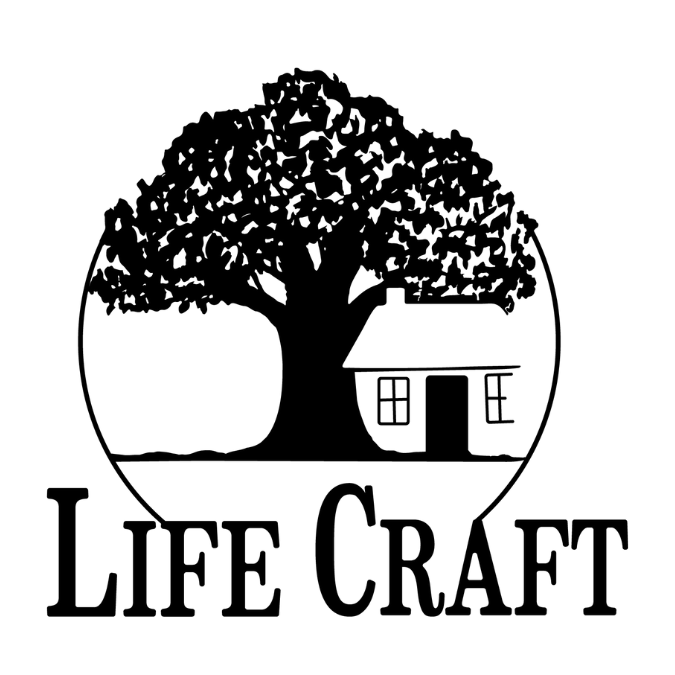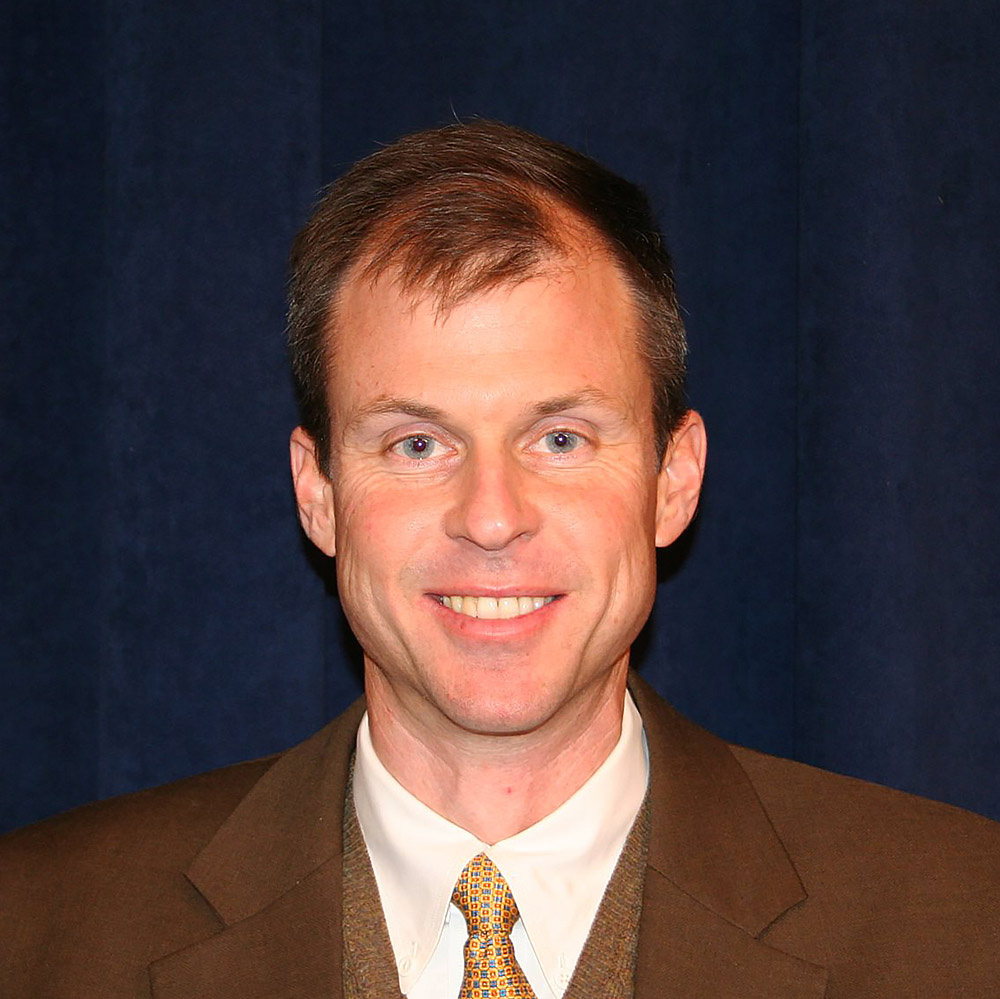I will cut to the chase and assert that properly understood, parents and teachers do, or should, ‘impose’ something on their children or students. Here I follow one of the Oxford definitions of impose: ‘to place authoritatively.’
An ever-controversial issue is whether education of the young is more a drawing out or a putting-in of something. The truth, it seems, is in the right balance of the two. But here I want to suggest that many—even among those explicitly seeking to provide a traditional and objective formation—have lost sight of the importance of the ‘putting in,’ even a kind of ‘imposing.’
In using the verb ‘impose’ I recognize it might easily be misunderstood. There are different modes of imposing, and education demands appropriately gentle and respectful yet also firm modes. There are indeed harsher forms of imposing that are not only ineffective but inappropriate. But I use this word intentionally to provoke a closer look, since its etymologically-rooted meaning conveys a crucial aspect of education: i.e., we are crafting and conveying something from a position of authority.
There is an analogy between how an artist, such as a sculptor, ‘imposes’ form on matter, and how we form persons, especially the young. In any analogy it is key to see the similarities and the differences. First some differences: the clay of the sculptor is simply passive in receiving this form rather than another form. The clay cannot actively appropriate and make its own what is being imposed. Further, this formation is not a matter of the sculptor discovering and respecting the deep inner potential of the clay (though an artist might say there is something of that going on!). The sculptor has freedom in choosing what he wants to express in his work.
Person-formation is different. Its objective foundation, and the solemn obligation of the parent or teacher, is discovering what human nature in general and this soul in particular demands to become himself. And of course also, the place of the teacher is to offer something in such fashion that it ultimately be taken up and appropriated by the student and become fully and voluntarily his own.
Yet these differences do not negate the similarity that justifies the analogy. A person needs direction, especially from those in authority over him, for both his heart and his mind. Yes, what is being cultivated is something toward which the person is already naturally inclined; and so right cultivation should ultimately be experienced as a kind of bringing out of one’s true inner self. Nevertheless, at the same time the cultivation needs to give something, to give form, in both a positive and a negative way.
Positively, the parent or teacher, from his fuller understanding, must convey in various ways the rich good of human flourishing. A large part of this conveying will be through leading the young into its enactment. This is more than simply giving a child space to pursue his interests. This calls for showing, again primarily by enactment, something the child will not see unless it be shown him.
The negative side fits hand in glove with the positive. The young need to be protected from a whole set of things that will appeal to them, especially in a culture where contrary, attractive things are almost ubiquitous. They need to learn that these other things are contrary to the goods we are positively promoting. And when they do not see this, they will often, in an age appropriate way, need to be restrained. Such restraint is part and parcel of cultivating the good.
What really is my point here? I am concerned that a well-intentioned focus on ‘respecting the child’ can lead parents and teachers to miss or under-practice their place as form-ators, givers of ‘form’ as it were. There is of course an opposite problem, which for now I leave unaddressed.
I conclude with a remarkable line from Aristotle:
“But the soul of the student must first have been cultivated by means of habits for noble joy and noble hatred, like earth which is to nourish the seed.”
In context, he is referring to the formation that starts before presenting the ‘argument’ or explanation for right and wrong.
Noble joy and noble hatred. What powerful, life-changing realities! What does it take to form noble joy and noble hatred in our young people–from their earliest days? As parents and teachers this is our duty and our joy, and it calls for lifelong consideration and reflection. It begins of course with ourselves, and is brought to fruition through education: the incomparable art which seeks to ‘give form,’ life-giving form, to the lives of our young. ~ ~ ~
SIGNUP NOW. THIS LENT join other men and women taking our Man of the Household or Woman of the Household courses. Starts in a few weeks; completely free of charge. Join us; we’ll send you everything you need!
One of our VIDEOS reflecting on PARENTING:




It all begins with an understanding and acceptance of objective truth. Without it, “respecting the child“ leads to what we all too often have: the concept of “my truth” vs. the truth, if I can think it, it must be so. We‘re experiencing the disastrous consequences of decades worth of promoting “my truth“.
I’m reminded of this bit from The Paper Chase: https://youtu.be/yQLW7v3s7KQ?t=87
Kudos for another great article on authorship, Dr. Cuddeback.
As a teacher I have been noticing this more and more. In fact I just wrote to our learning specialist, just this when trying to convey my point of what one of my students REALLY needs, not expecting it initially. Sure we can always say we should pay more attention or my child needs more attention. Yet, there is something in the air multiple ways for parents and children and educator that there really is a deficit of INDIVIDUALIZED and genuine attention each growing precious soul is deserving of. Committed to this. Thank you!
I return to your post of this Thursday prior with these additional thoughts:
By the mention of age appropriate behavior, why I am no rare critic of whether the rhetorical decisions in the field of psychology are beneficial to understanding good healing generally, I would qualify the phrase as the “affective emotional age appropriate behavior” of the student. I do so in light of Conrad Baars’ text Healing the Unaffirmed, synthesized through his understand of a Thomistic anthropology.
I make these observations especially in light of the widespread challenge of limited emotional maturation or even regressive emotional maturity that is evident in these days following the trauma of the quarantines, the limited opportunities for developing interpersonally, and the reductive opportunities for integral human interaction that are prevalent in our contemporary IT/cell phone steeped civilization.
Though Baars does not use the terms himself, he uses some that are closely synonymous with mine, in that the solution to such need for emotional maturation in light of limited experience being recognized or any traumatic regress of mature emotions of an otherwise older individual, requires genuine and emotionally healthy role-models who act ‘in locus parentis’ in credible, trustworthy, and authentic ways for the guidance through helpful teleologically informed role-modeling to the individual student through who is in need of a refreshed example of mature emotional human flourishing.
Those that follow Christ are unable to be pressured by the devil unless they turn away from God and allow it to happen. My faith is not in man it is only in God.